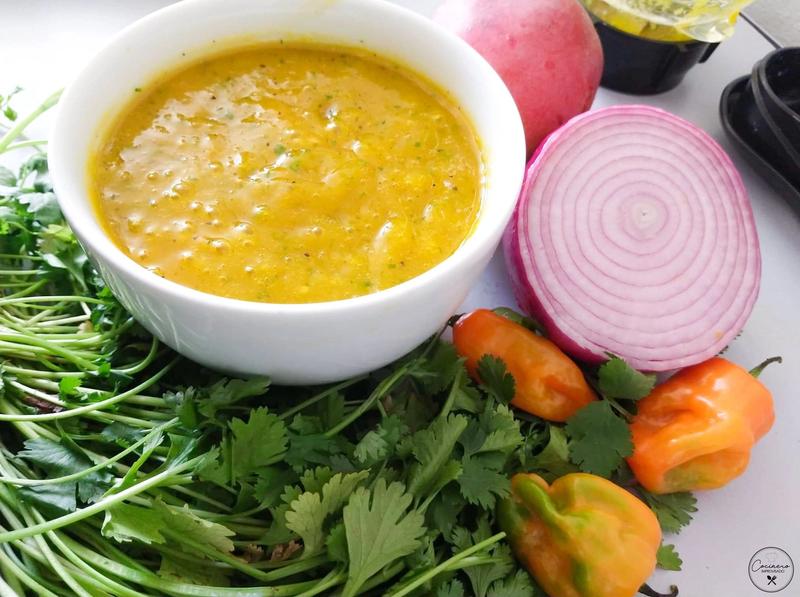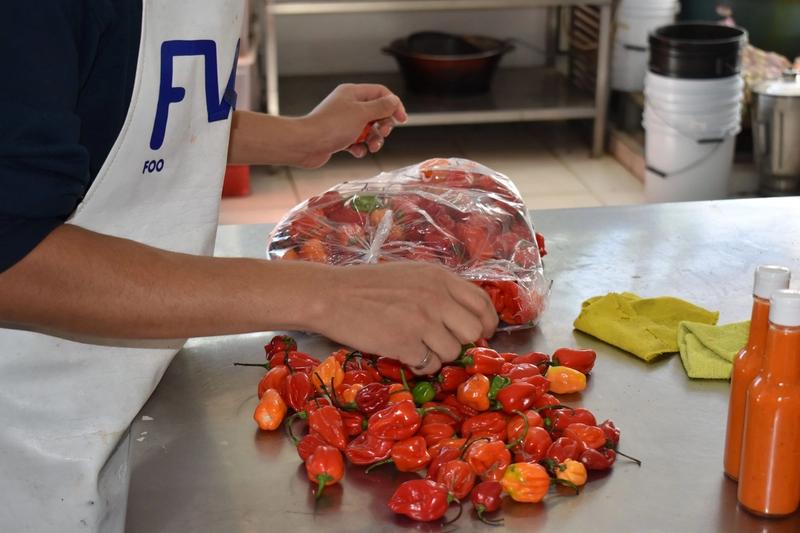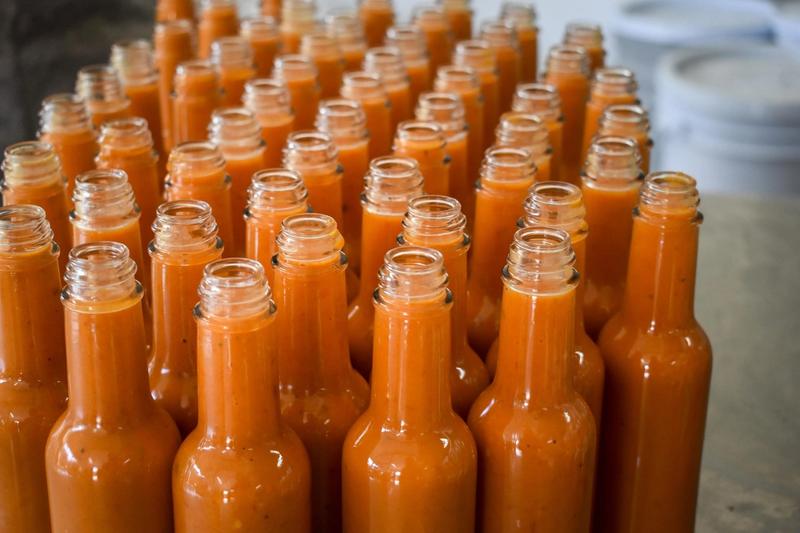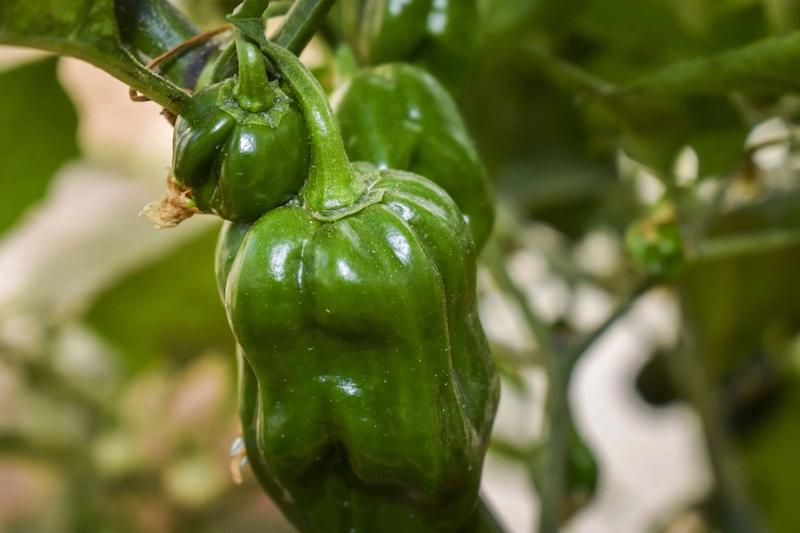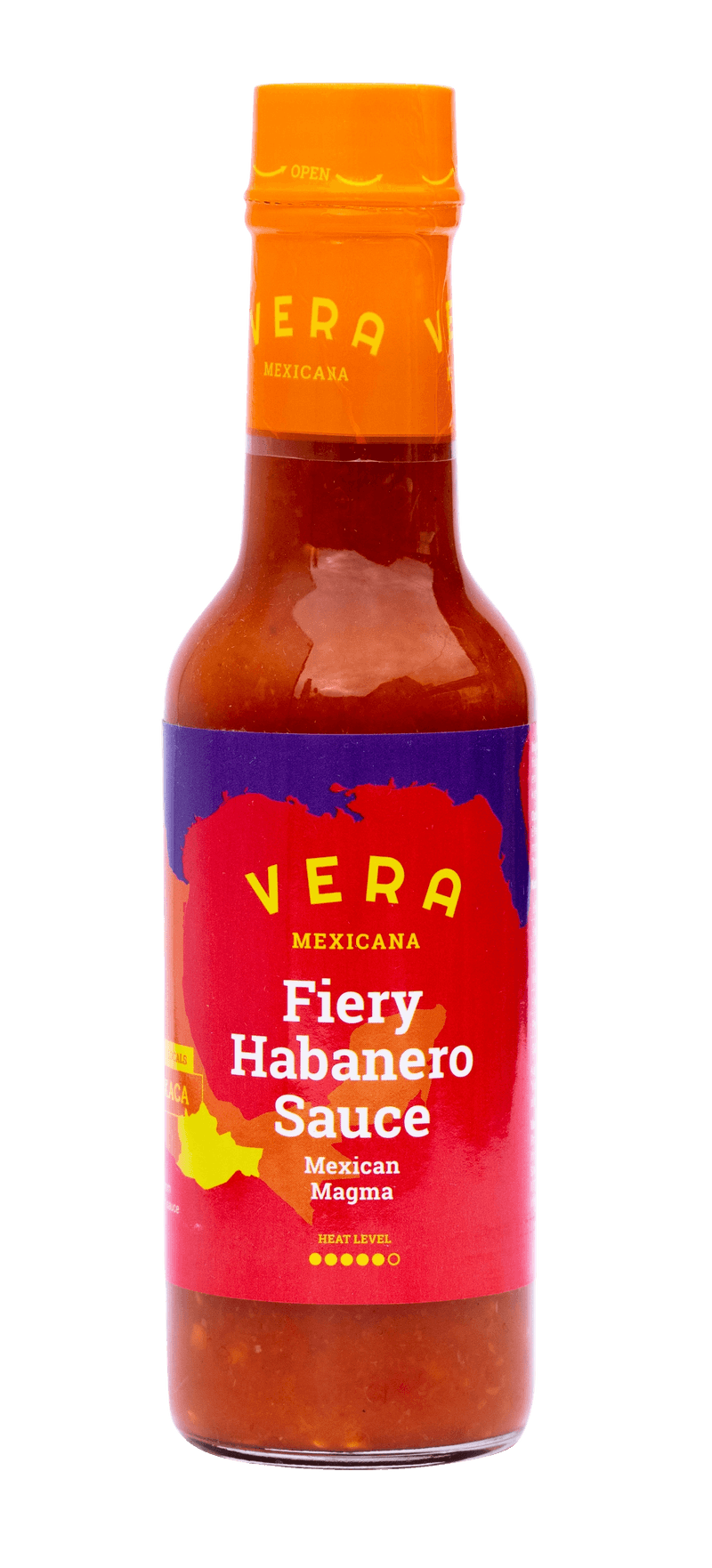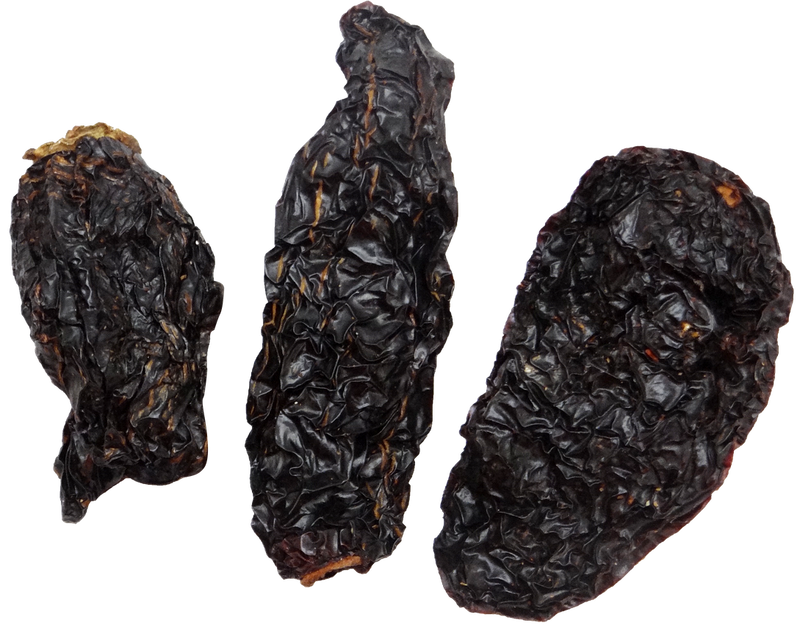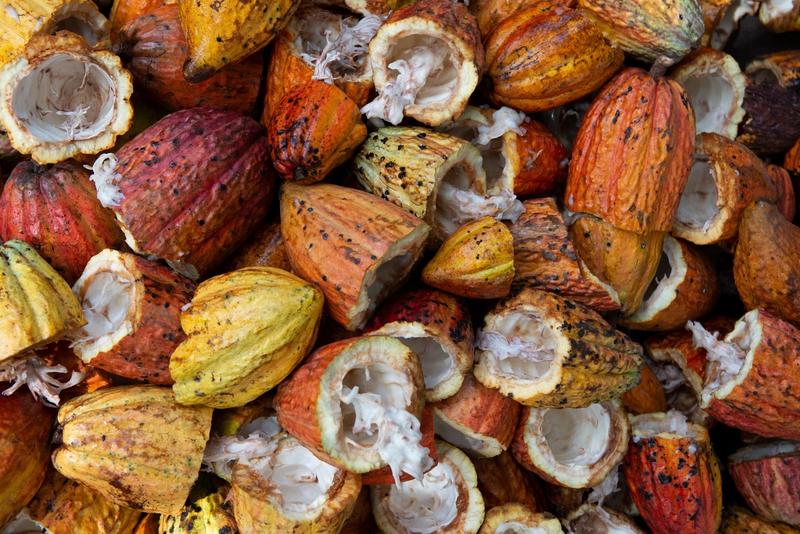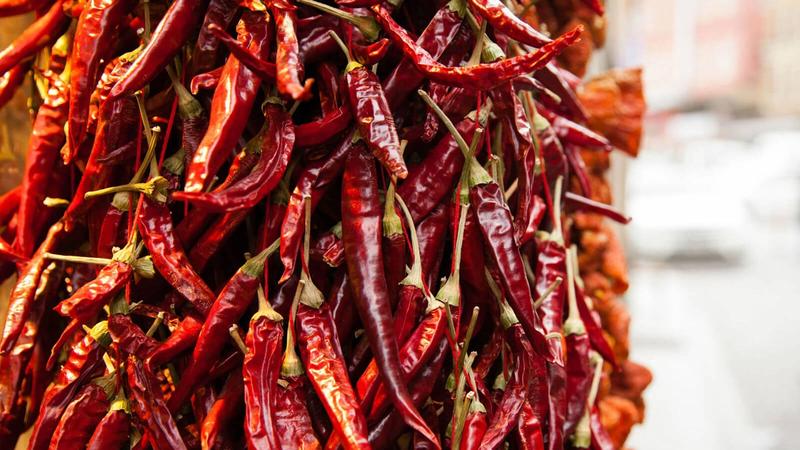Introduction to Habanero
Mexico produces a vast variety of chili types, both fresh and dried, but the queen of fresh capsaicin is without a doubt the habanero chili. On average habanero peppers contain more than a hundred times the heat of a classic jalapeño, and for a long time habanero was considered the hottest of all chilies.
We now know better, as certain subspecies and selectively bred peppers can reach Scoville levels far beyond the habanero, but for many years the habanero was the most wide-spread of the ‘super hots’. You may have heard of the Carolina Reaper or Ghost Pepper, as these are two of the more famous varieties.
Where most of these super hots satisfy an insatiable hunger for ever-stronger chilies, the habanero is absolutely bursting with fresh floral and fruity flavors that complement the heat. These supplementary flavor compounds, its texture, variety of flavor differences between habanero types combined with its delectable audible crackle of biting through its skin, are what make the habanero pepper such a versatile and beloved ingredient.


